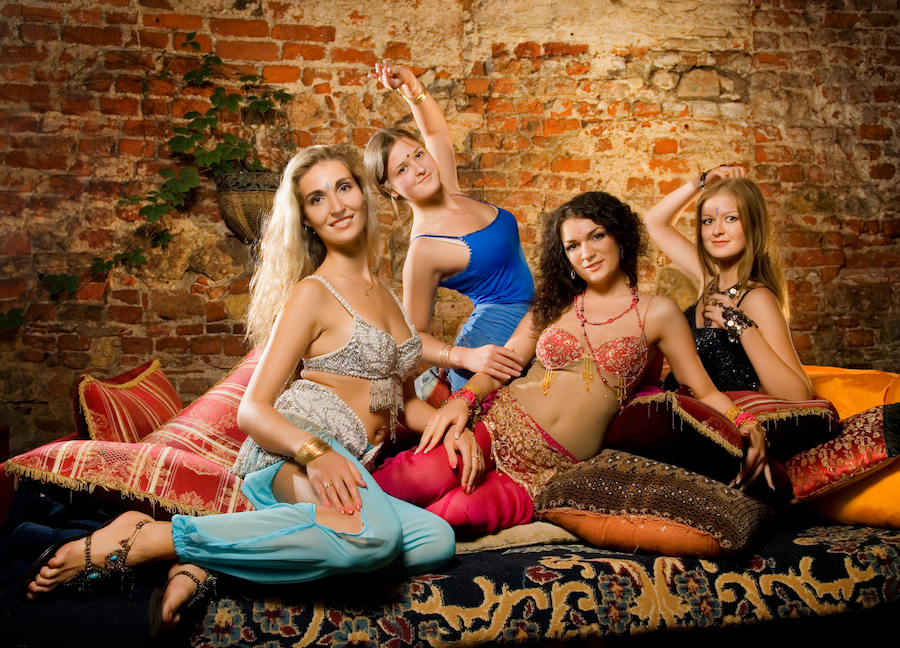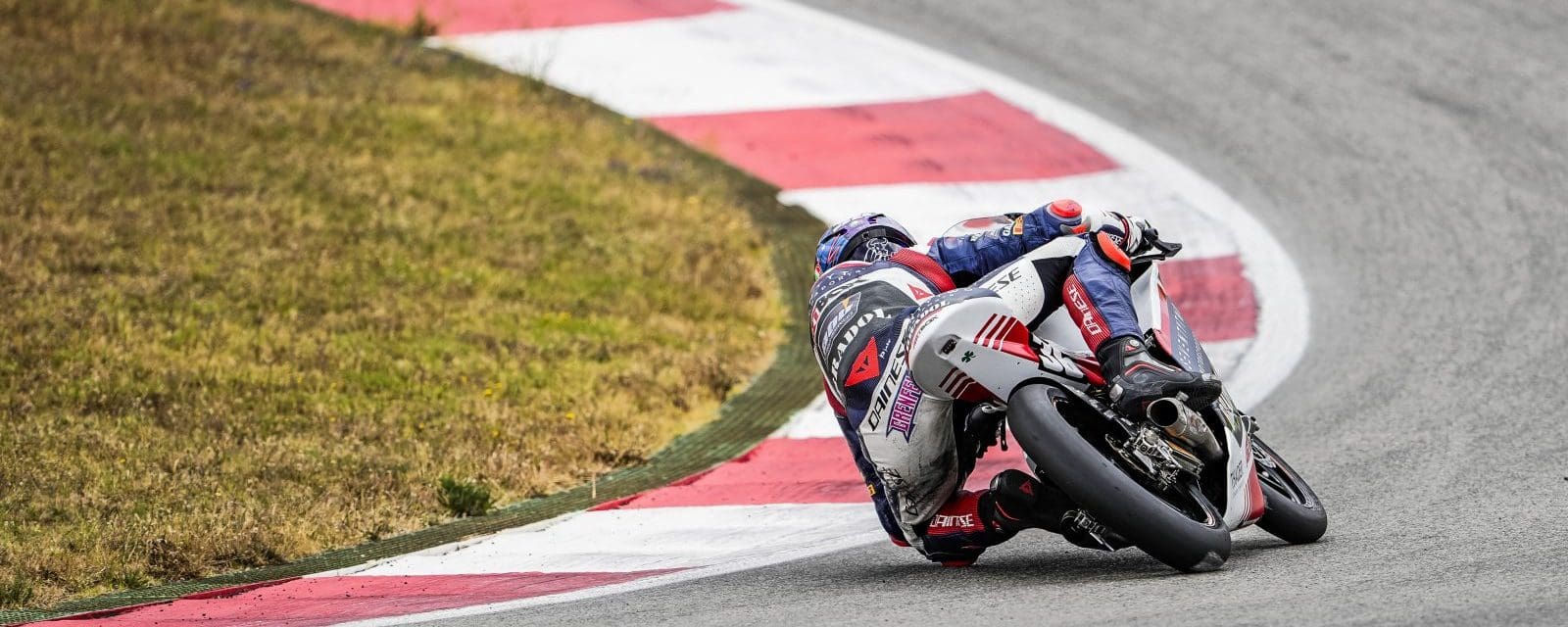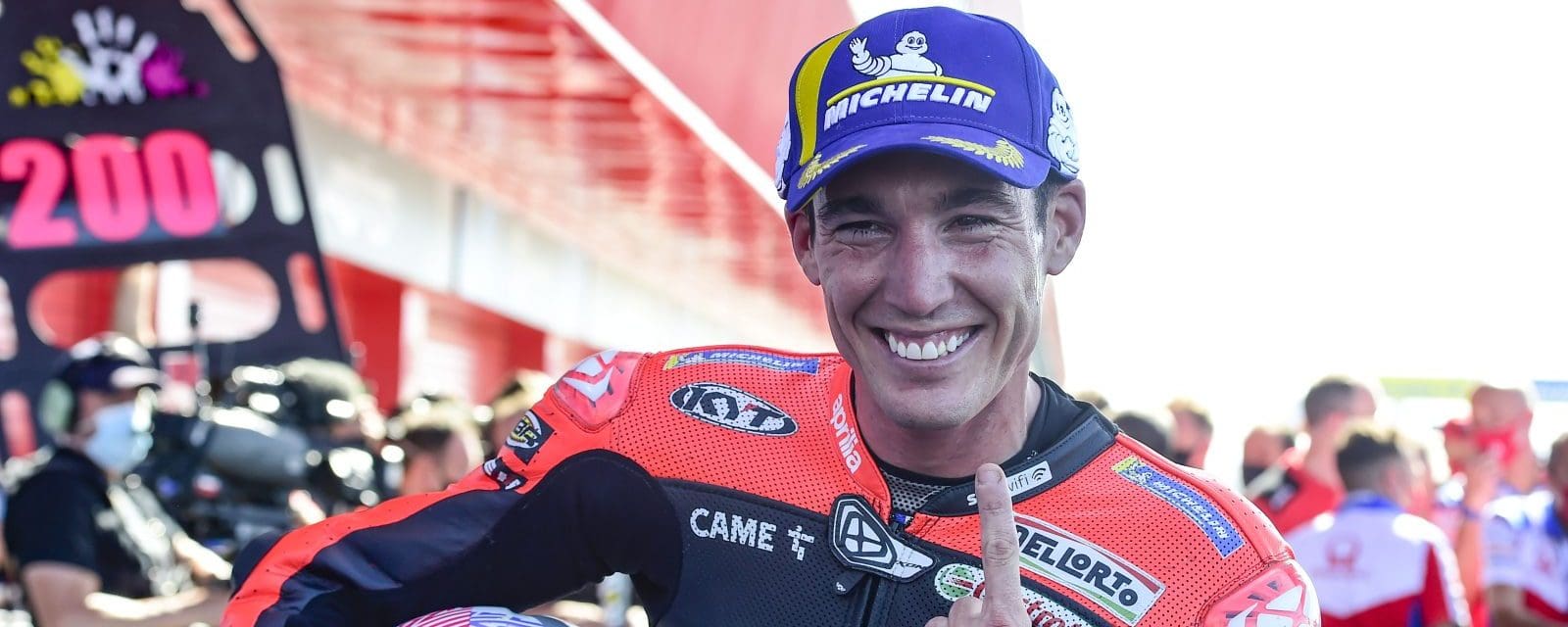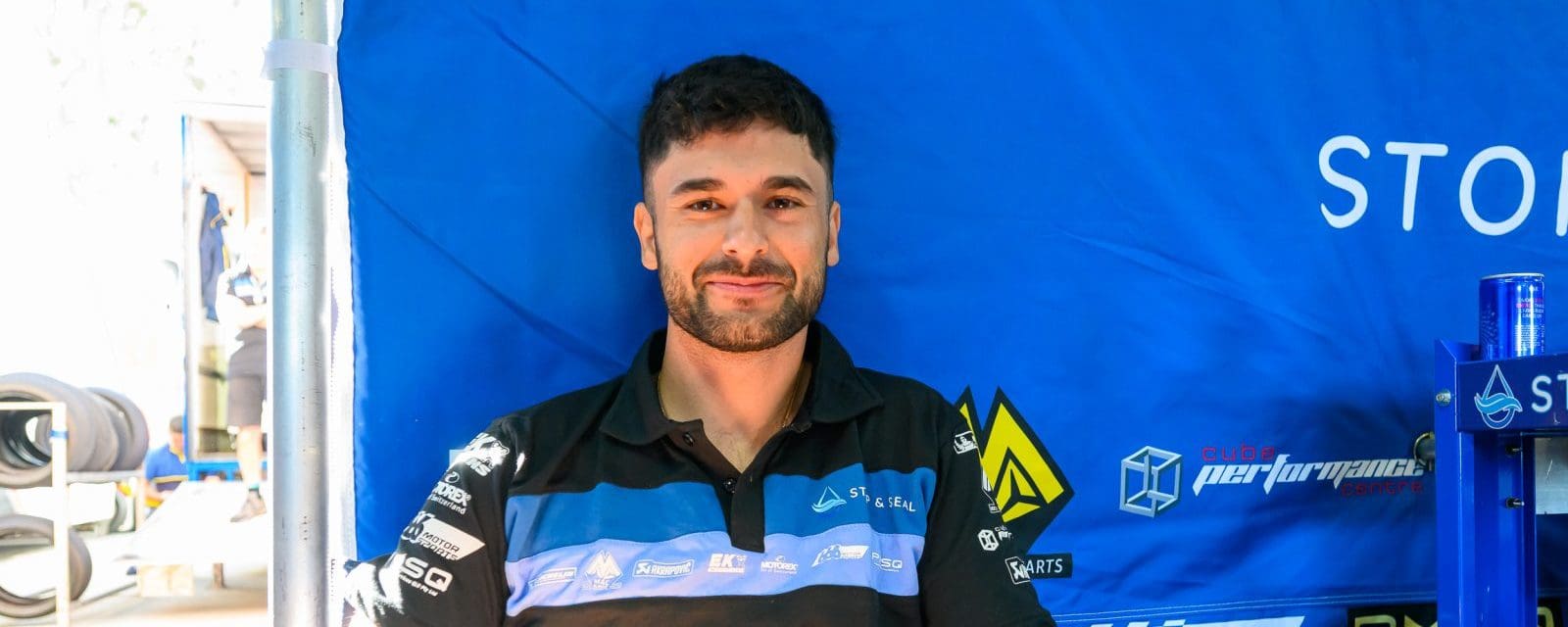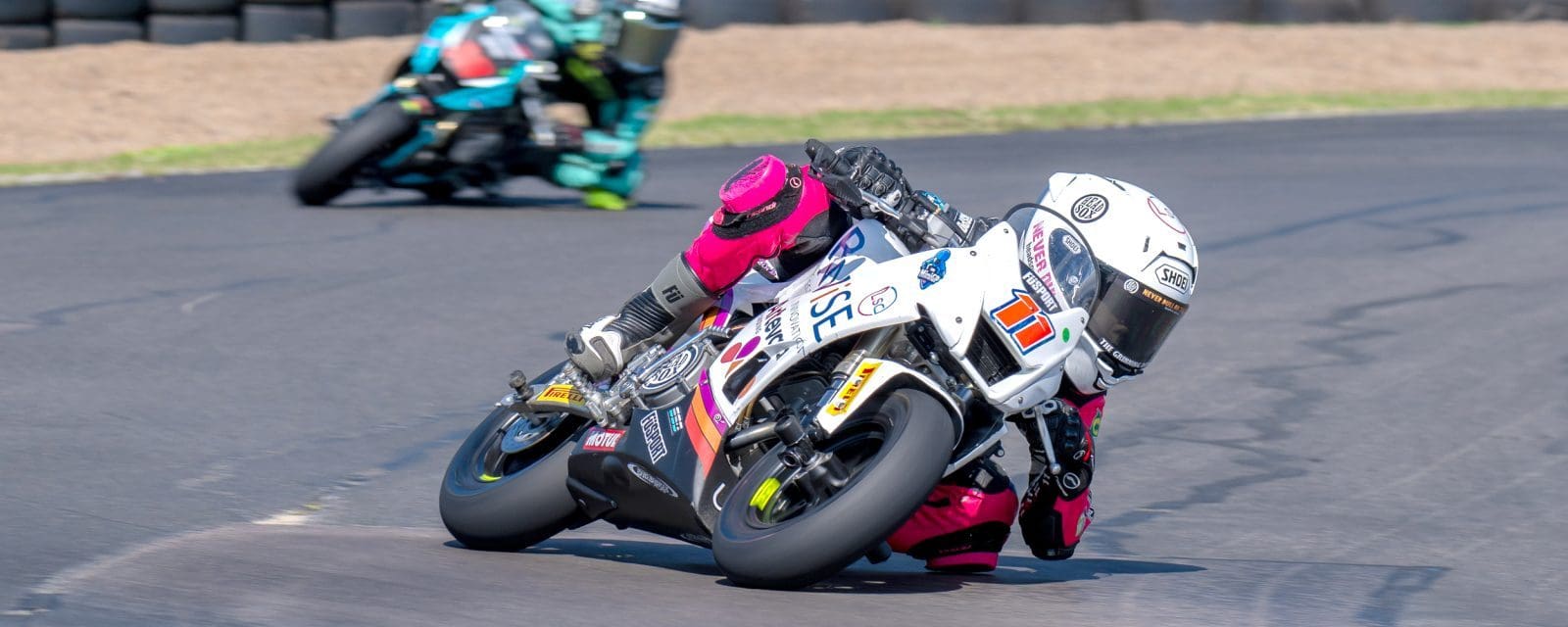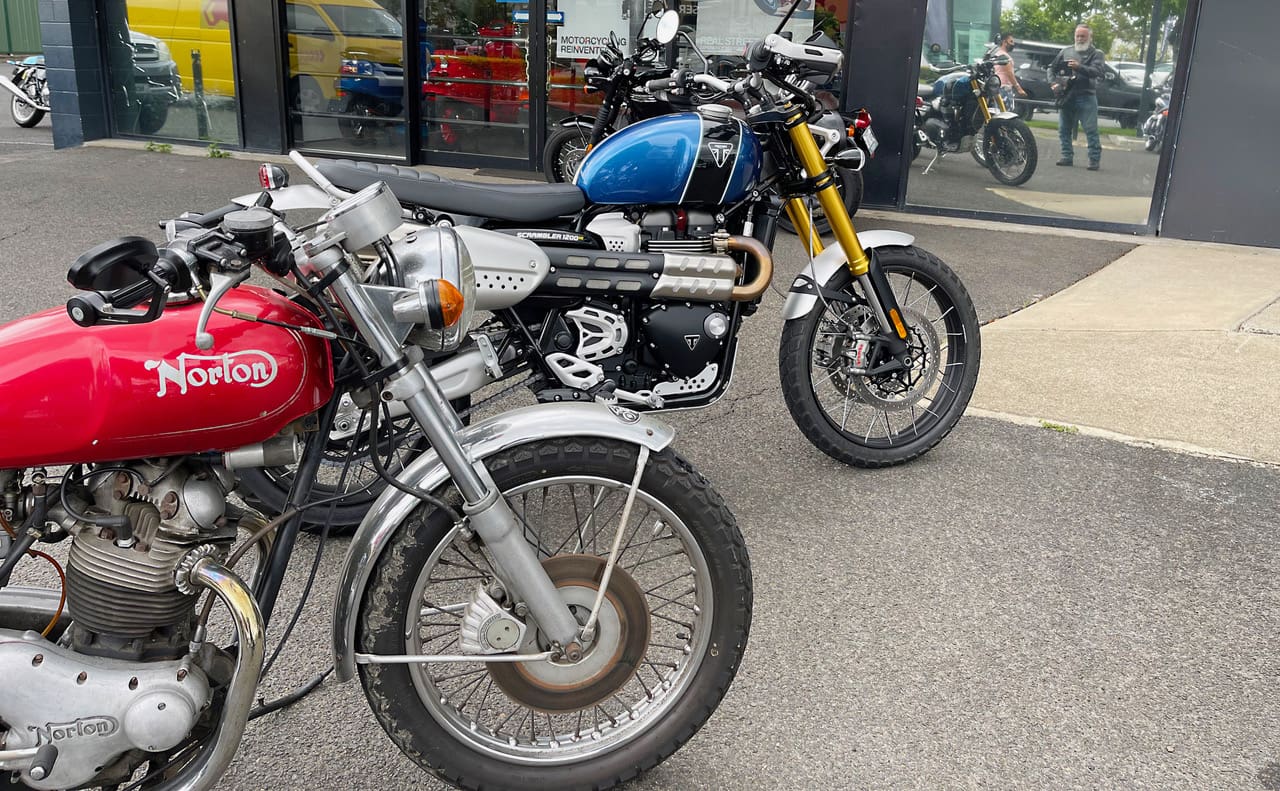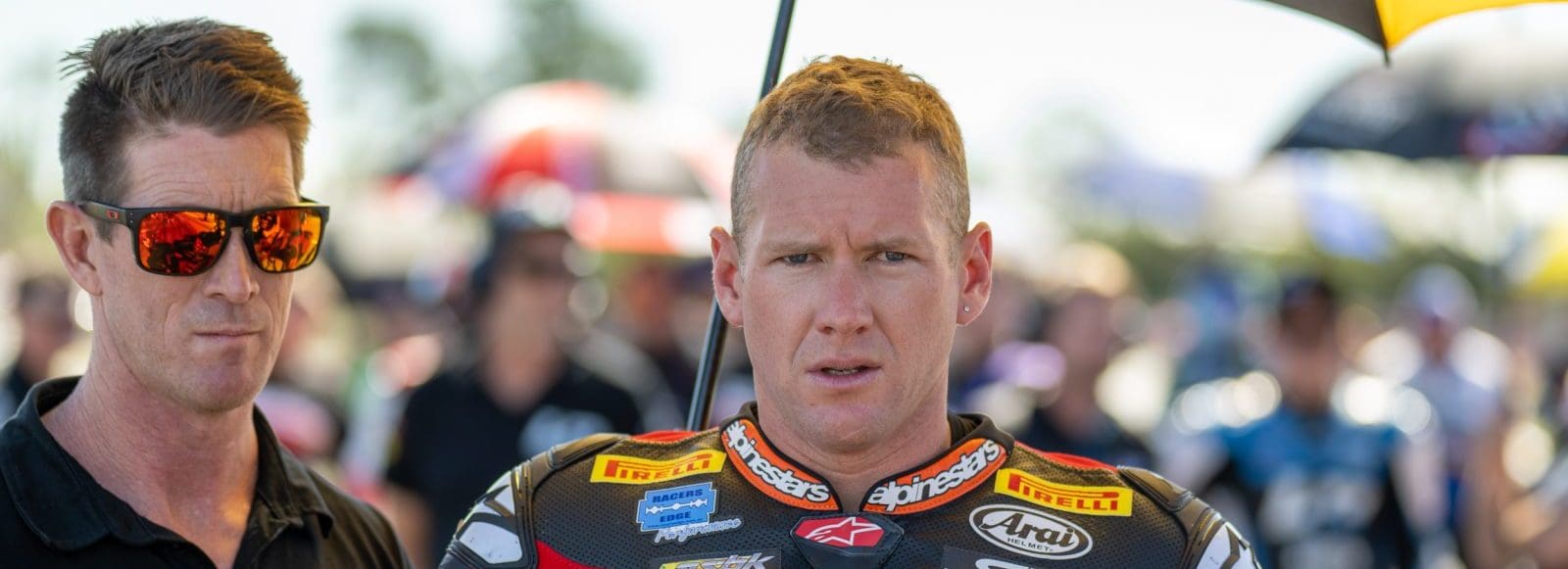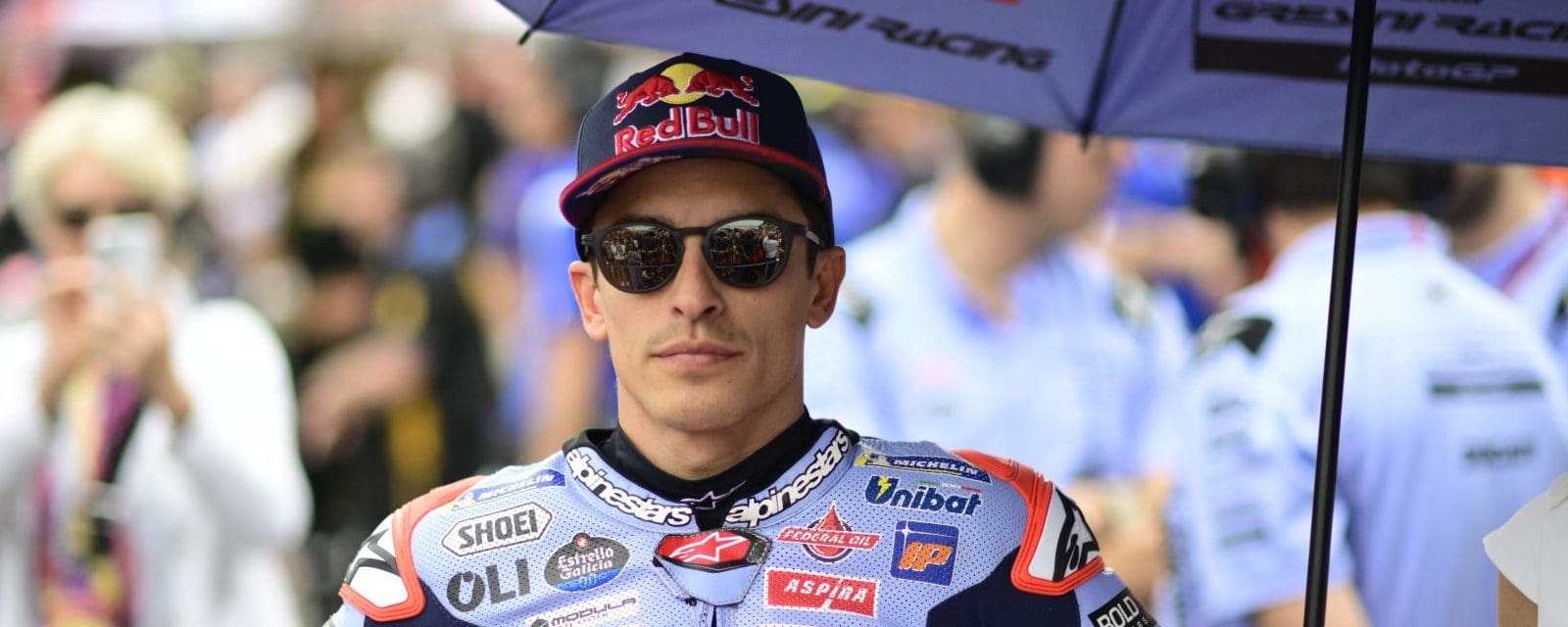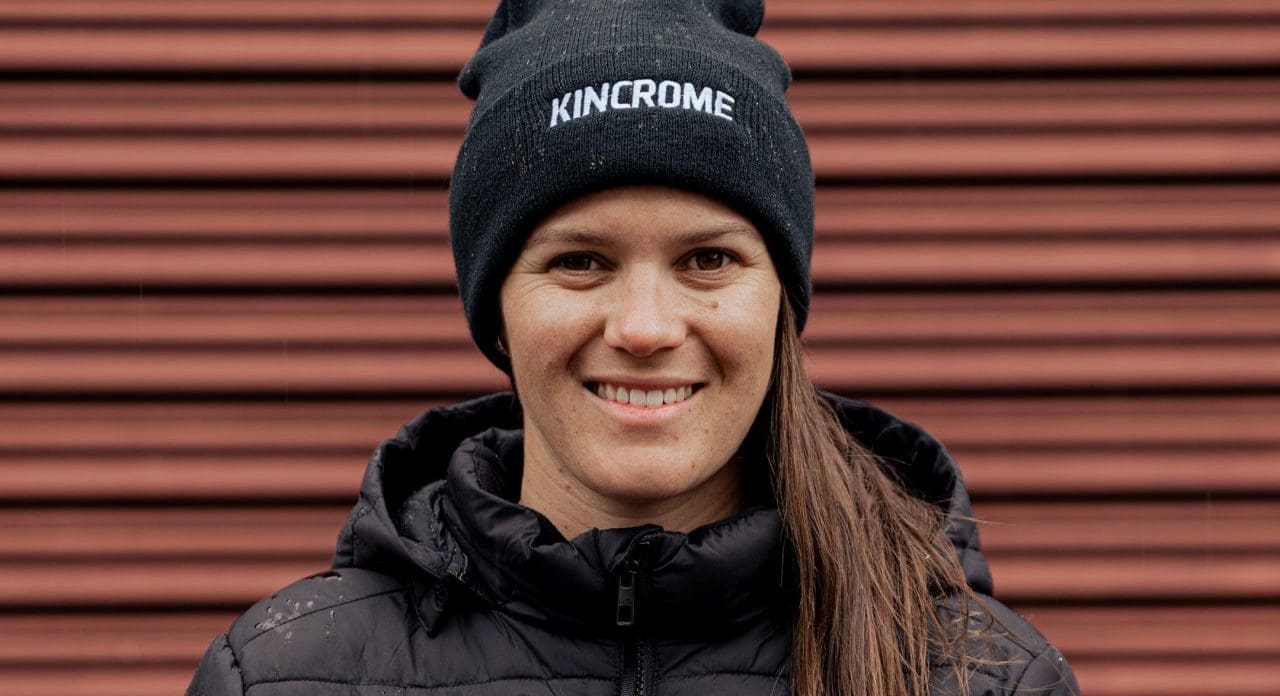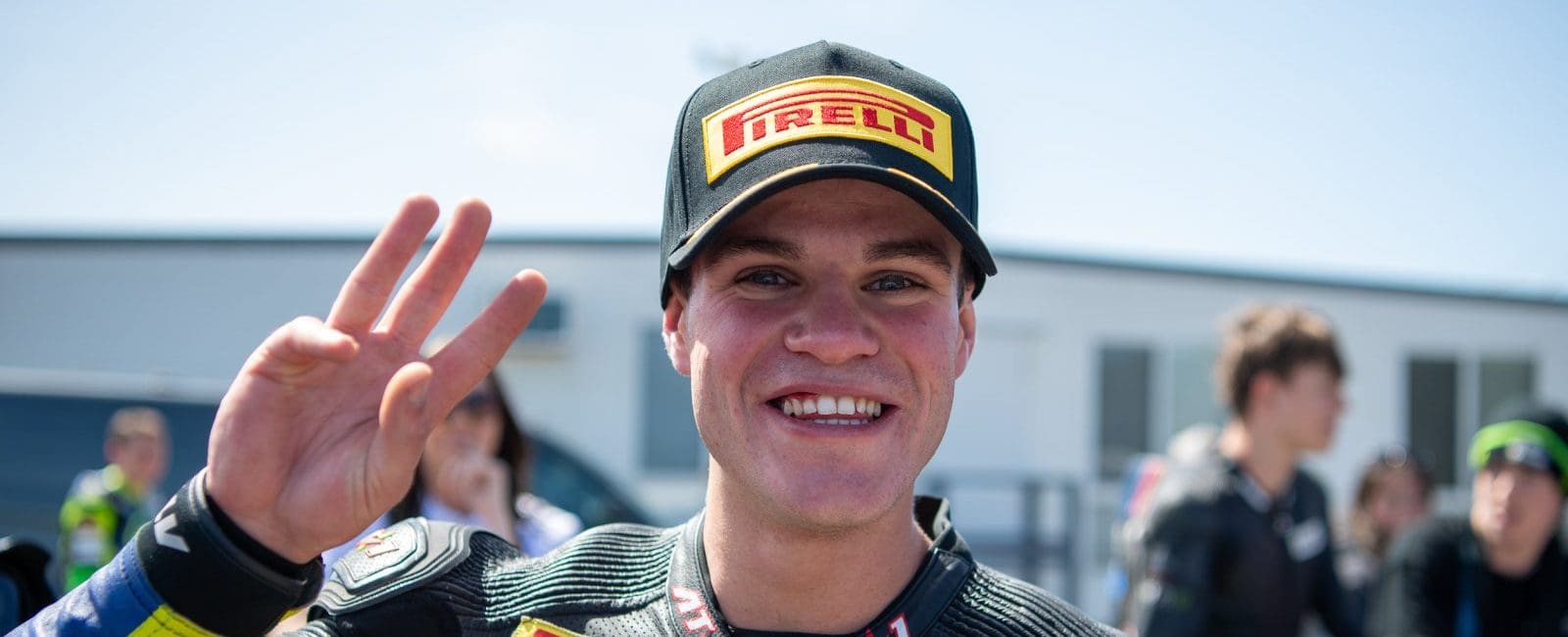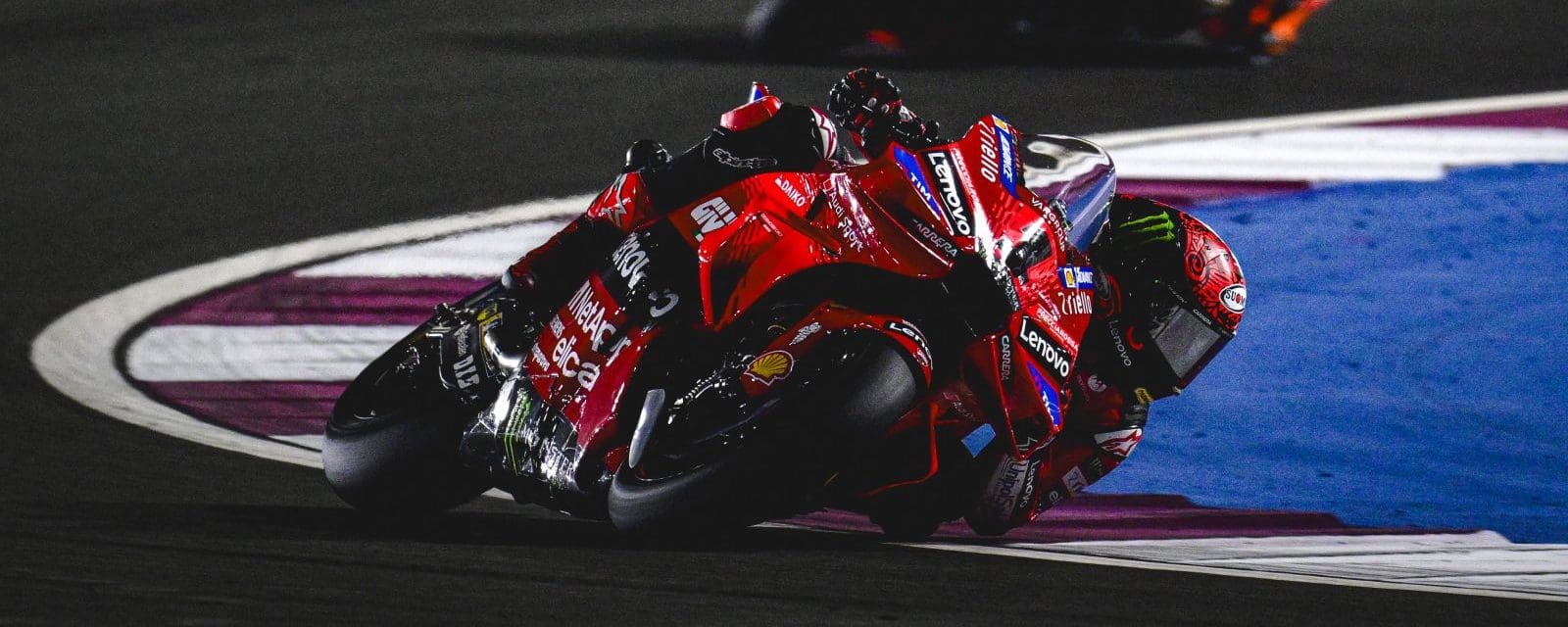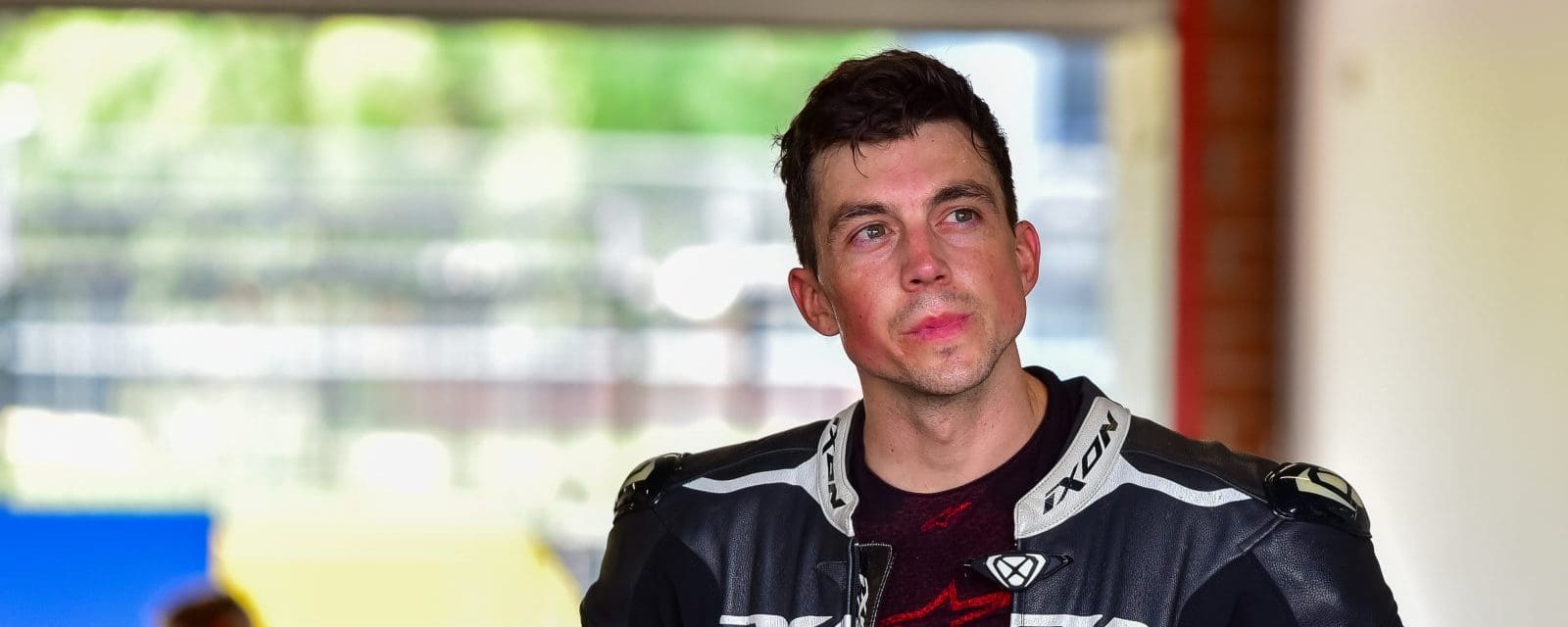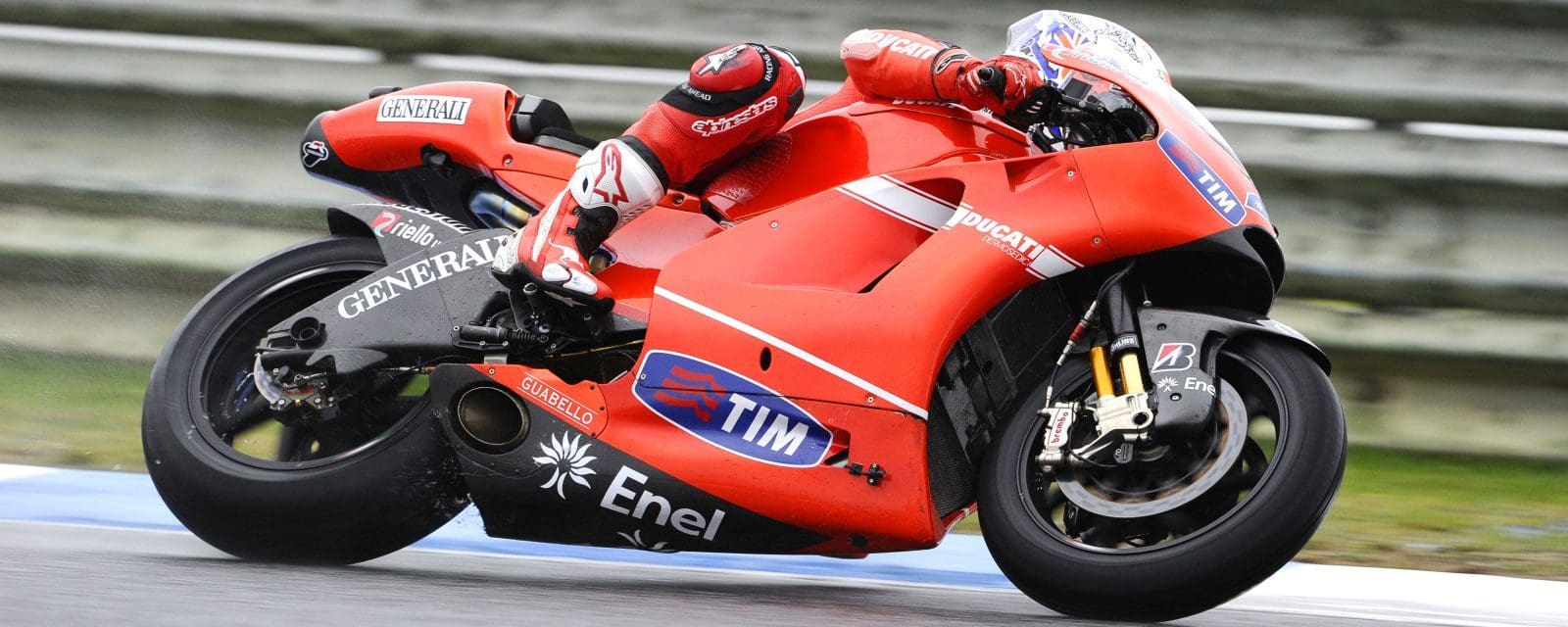“Motorcycles are like harem girls, a man must have more than one.”
So said the grizzled vintage racing veteran on the Discovery Channel documentary I was watching.
Outside the thermometer inched above 40ºC, so actually riding for pleasure was not an option. That’s why I was lying in front of the television in a darkened room with the ceiling fan on and the windows and blinds shut tight.
However, the comments got me thinking about the pleasure of being able to walk out to my shed and choose from my small ‘harem’. And many people, especially former Seventies longhairs like me, have a dozen or more motorcycles, not just the few I’ve got.
So how many bikes is enough, and when do you realise you have too many and the ‘harem’ becomes a hell on wheels?
Anyone who walked around the pits at the AMCN Phillip Island Classic would have overloaded on eye candy. That’s because you need a vintage bike in your shed.
It will be either be the bike you couldn’t afford as a youngster or the first big bike you bought. In reality it is the reference point to your whole involvement in motorcycling. Some people spend decades trying to source the bike that started it all.
Don’t deny these feelings or be ashamed to acknowledge them. Even one of this year’s Island Classic’s guests of honour is afflicted.
Legendary GP crew chief Jeremy Burgess is still on the hunt for an early-model Suzuki T500 Titan. This was his first roadbike and the first motorcycle he raced. And he raced quite a few in the 1970s, even owning a Grand Prix RG500 Suzuki.
But it’s a Titan he really wants now.
I have a 1966 Triumph 650, a bigger version of my first roadbike, a 1966 Triumph 3TA 350cc. Box ticked.
Then you need some sort of old dirtbike, because even if you aren’t a regular backroads rider, they are cool to look at. Stripped-down, minimalist motorcycling.
I have a 1986 Yamaha IT200. With a magnesium drum front brake and mono-shock rear suspension, it straddles two periods of enduro history. Box ticked.
Then you need some sort of sportsbike. I have an air-cooled 2006 Ducati, powered by that revvy but still torquey DS1000 engine. Being air-cooled means it can spend a long time not being ridden and I don’t worry about a water-cooling system slowly corroding from the inside out. Box ticked.
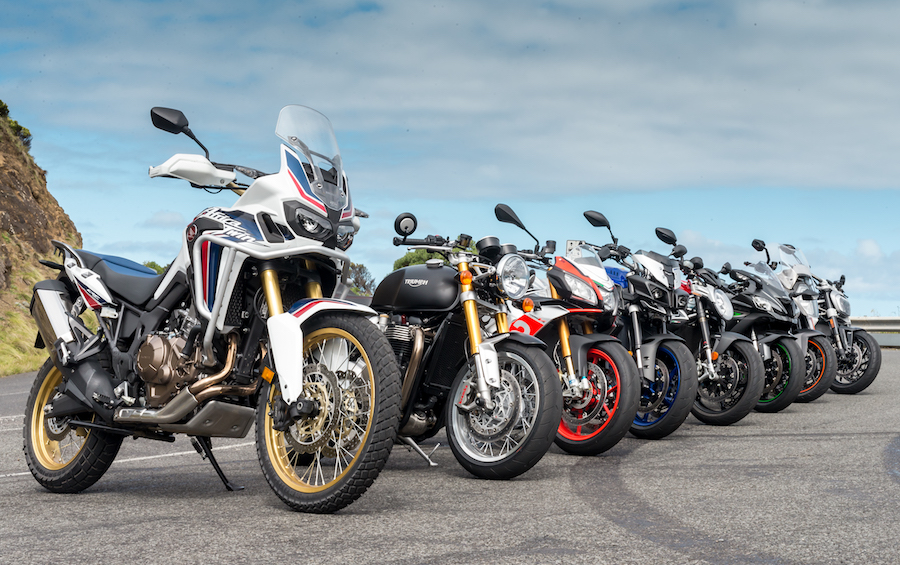
You also need some sort of dual-sport bike. Why? With increasing, often ill-thought-out restrictions to motorcycling pleasure on our main roads, those dirt tracks that branch off the tarmac get more and more enticing.
I have an early Hinckley Triumph Bonneville I’ve converted by taking 20kg out of its weight, fitting the same tyres that suit a Kawasaki KLR650, and upgrading its suspension. Box ticked.
Now the reality of my situation.
The Triumph has been a restoration work in progress for years. And every year the cost of restoration increases.
Meanwhile the IT200 has a spider’s web of hairline cracks in its plastic tank. My local ‘guru’ plastic welder says it’s an IT shortcoming and the only solution is a new tank. This will cost me almost as much as the $1000 I spent buying the ruddy bike.
My Ducati and Triumphs are both good, strong runners.
While I have no complaints about the Duke, although it’s ticked over 50,000km, the Bonnie is another matter. The money I spent buying it and then turning it into a dual-sport is less than the price of that KLR650 I referenced earlier.
So what should I do? My brain tells me to sell the Ducati and Triumph and replace them with a late-model, high-end, dual-sport, ‘two-in-one’ motorcycle.
That could be my ultimate ‘harem girl’, simplifying my life and reducing the money I spend on registration and insurance.
But my heart says something else.
Having a two-wheeled harem isn’t easy. Too much emotion is involved.
By HAMISH COOPER
